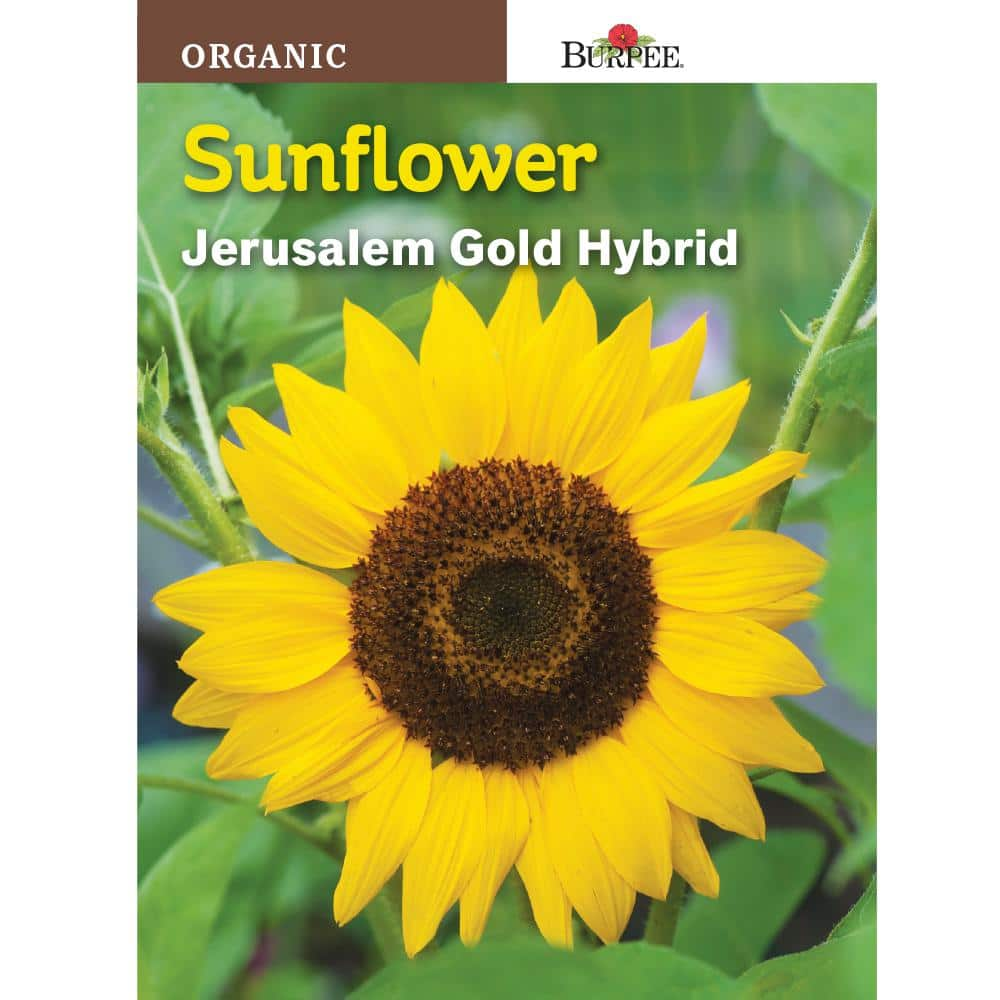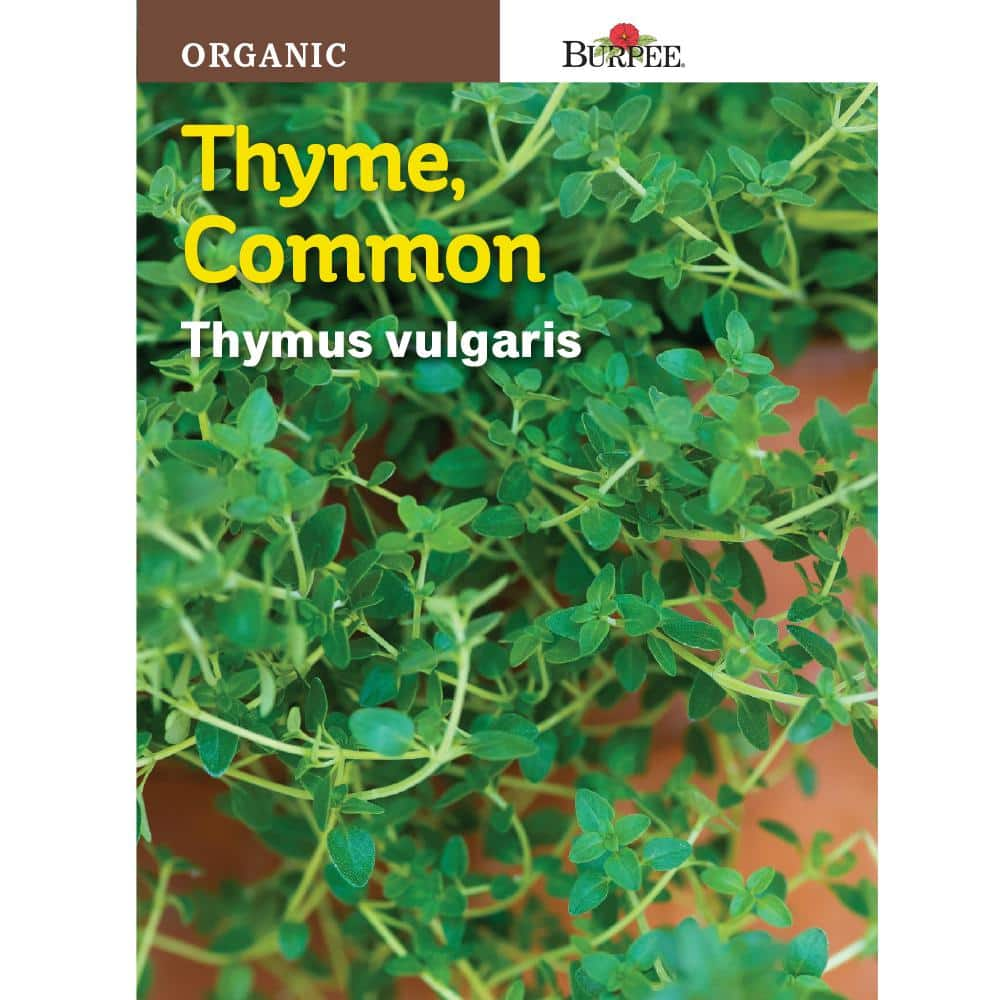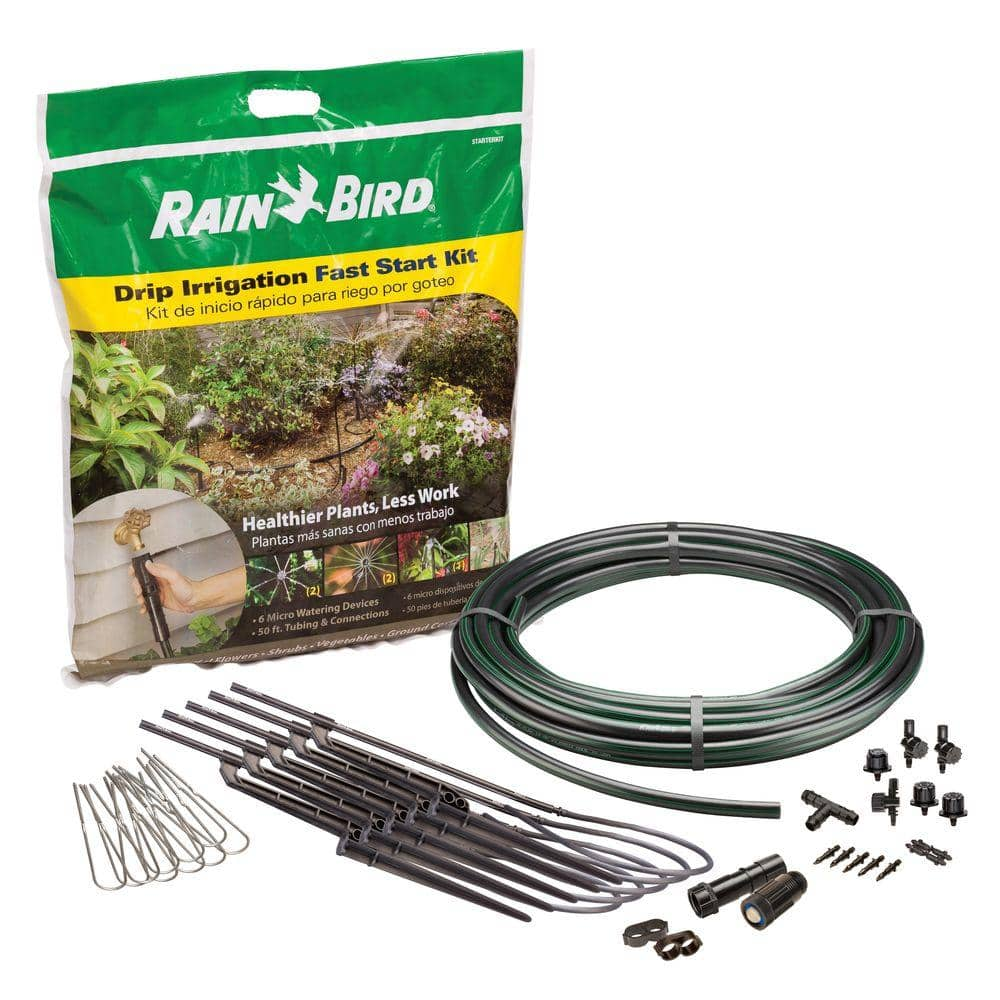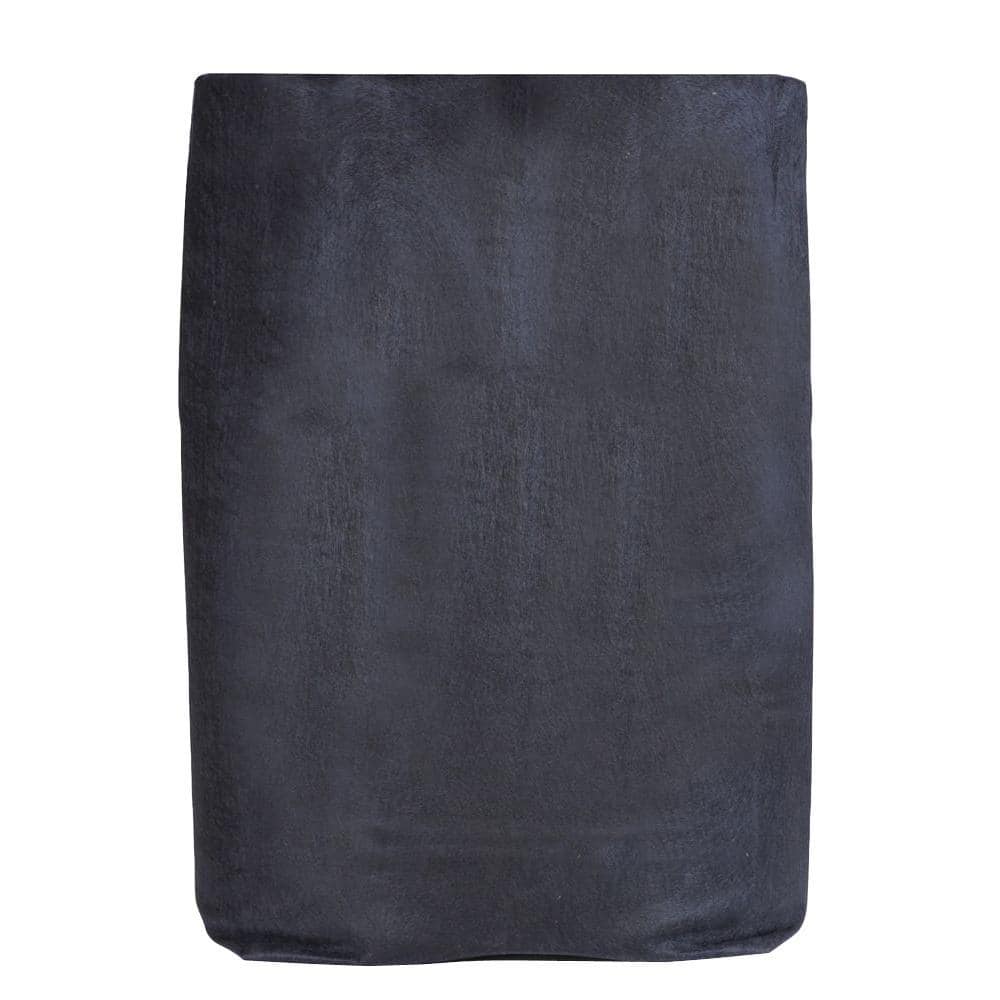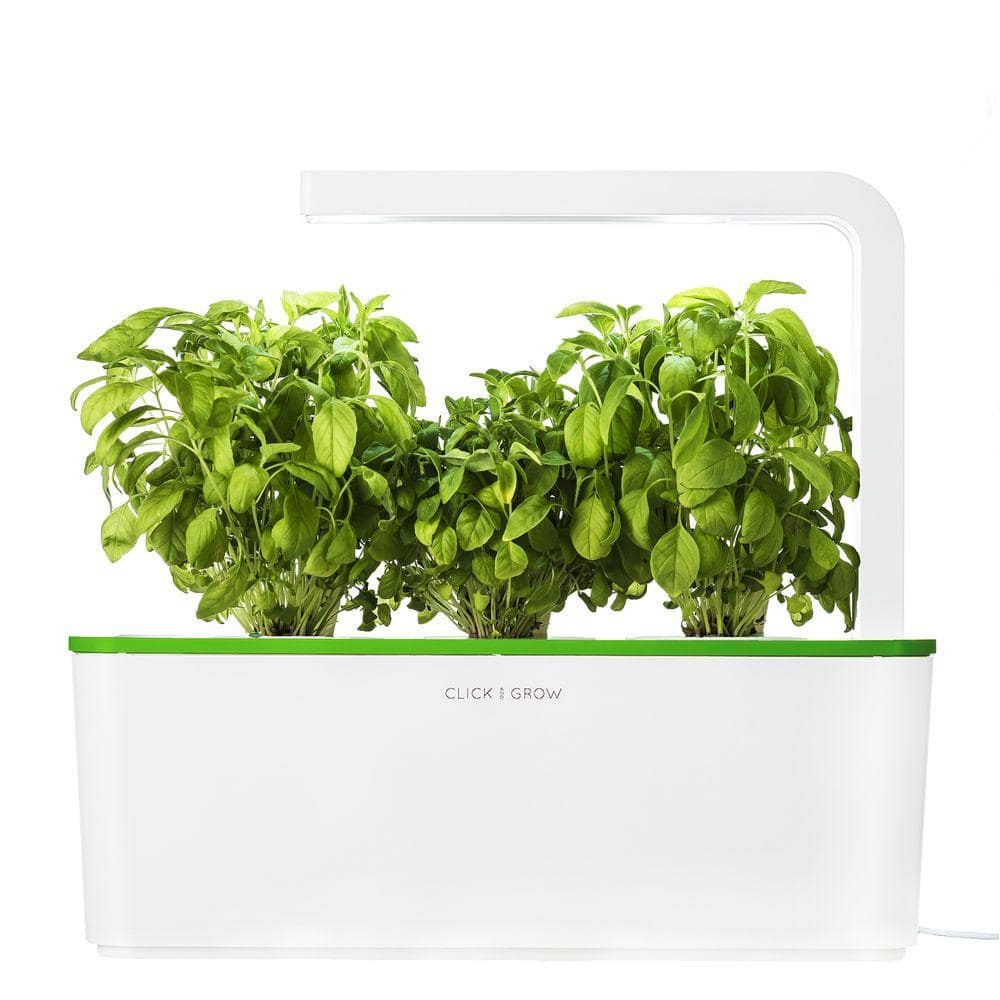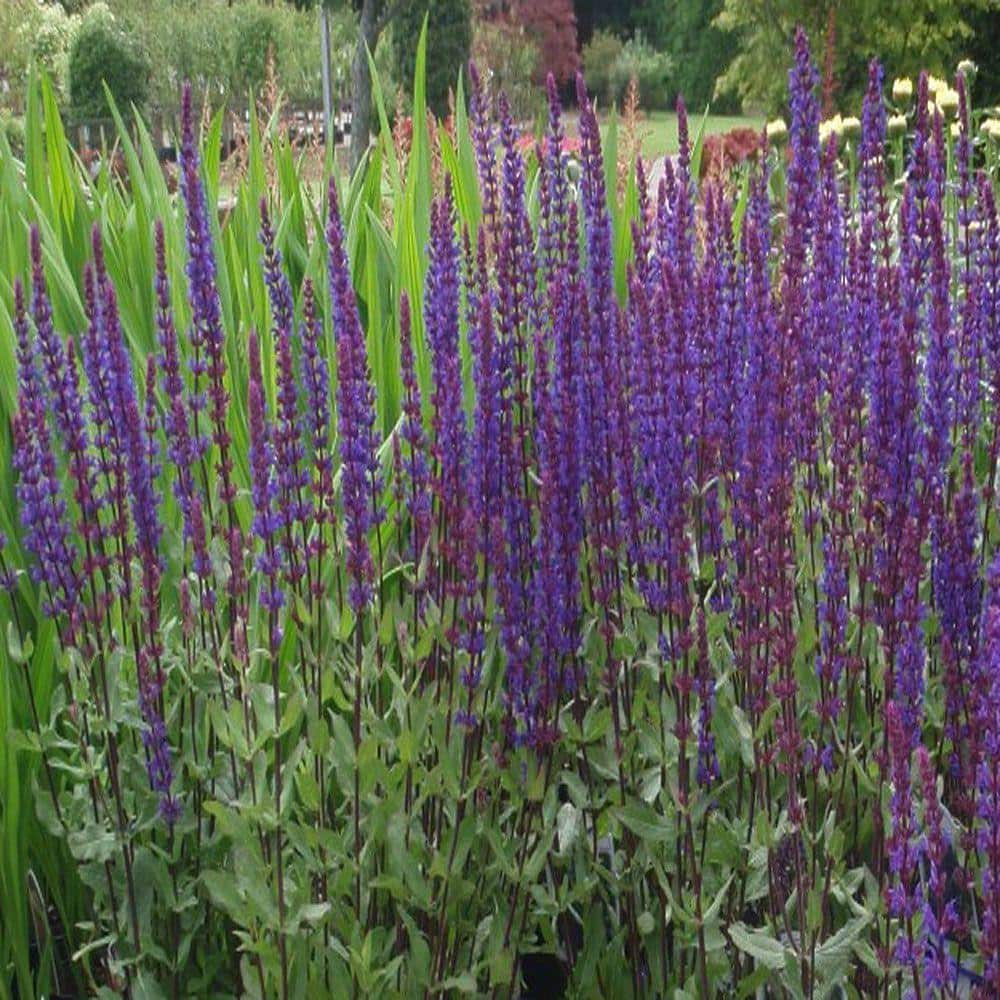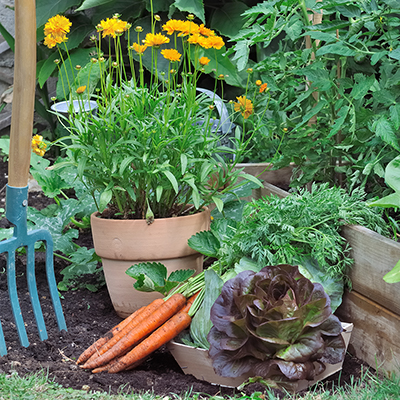Gardening Trends
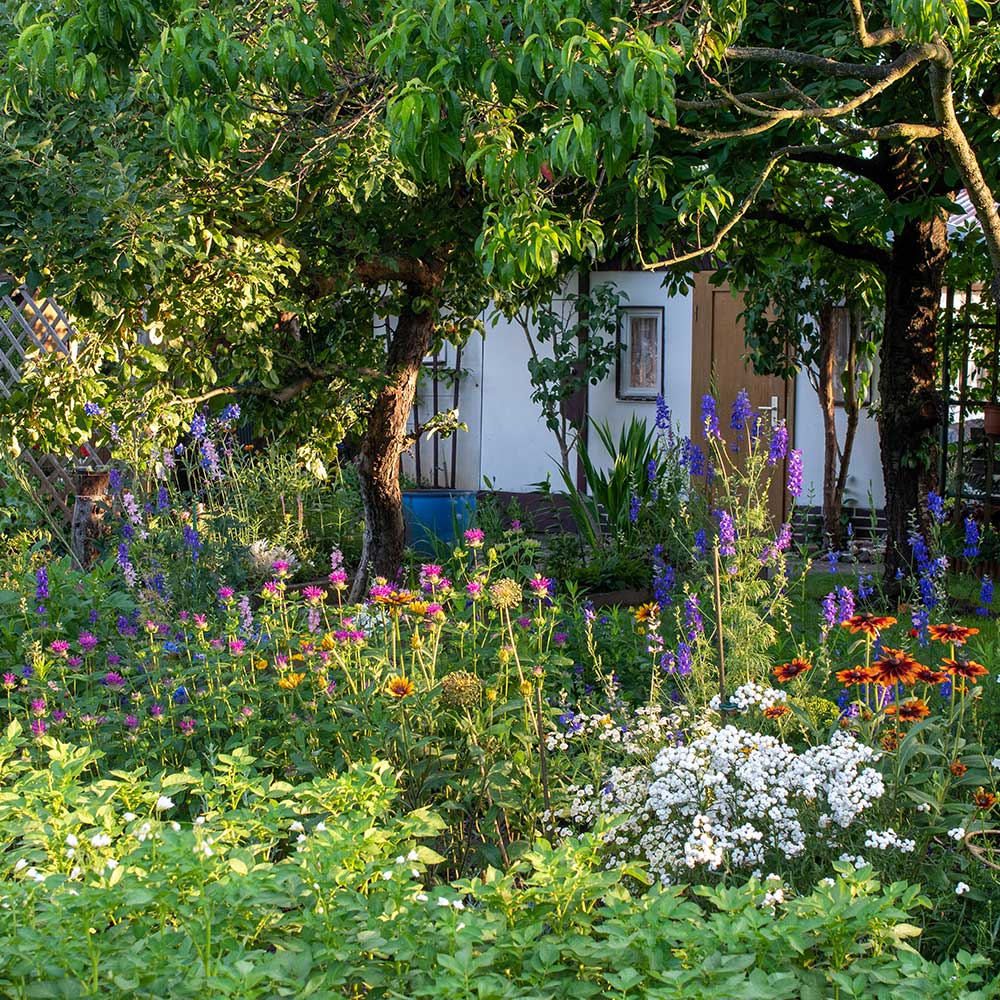
Last updated September 7, 2023
Take a fresh look at gardening trends and see what's influencing design, color and ideas in both indoor and outdoor garden spaces. Each year, the Garden Club editorial team scans the scene for industry and cultural trends to determine how we fill our editorial calendar with ideas and content that we hope informs and inspires our readers.
Check out the following trends and start planning out how you'll garden in the coming year.
Table of Contents
2019 Trends: Perfect Pair
Hybrid Theory
Back to Basics
Victory Gardens
Grown Organically by You
Perennial Power
2019 Trends: Perfect Pair

From the fashion runway to the garden, each draws inspiration from one another, working in symbiotic motion. Fashion takes a cue from the garden with floral, botanical and bird-filled prints. And then there's feathery outfits and accessories seen on the runway for 2019. In turn, the garden taps influences from fashion, color, print and design, such as crochet and geometric prints seen in planters and garden accessories, to new breeds of flowers and other plants. There's modern design, minimalism, perfect imperfections and nautically inspired elements influencing how we're designing our landscapes.
Then there are shades of yellow. While you could say that this trend began on the runway, yellow is a trendsetter in the garden, too. Naturally, what comes to mind when in season, from spring to summer to fall, includes yellow tulips, forsythia shrubs, daffodils, pansies, dandelions, marigolds, daylilies, black-eyed Susans, daisies, tickseed, sunflowers and mums. Well-known plant brand Proven Winners named its annual of the year to be sedum 'Lemon Coral' with its glowing yellow foliage. This sedum grows as an annual, except in USDA Hardiness Zones 7 to 11, where it's a hardy perennial.
In garden decor and patio furniture and accessories, look for muted neutrals including grays and taupes. In addition, you’ll see black, soft pinks and all shades of blue, too. Behr's color of the year, Blueprint, is making a splash. Behr describes the color as "warmer than denim and softer than navy."
Hybrid Theory
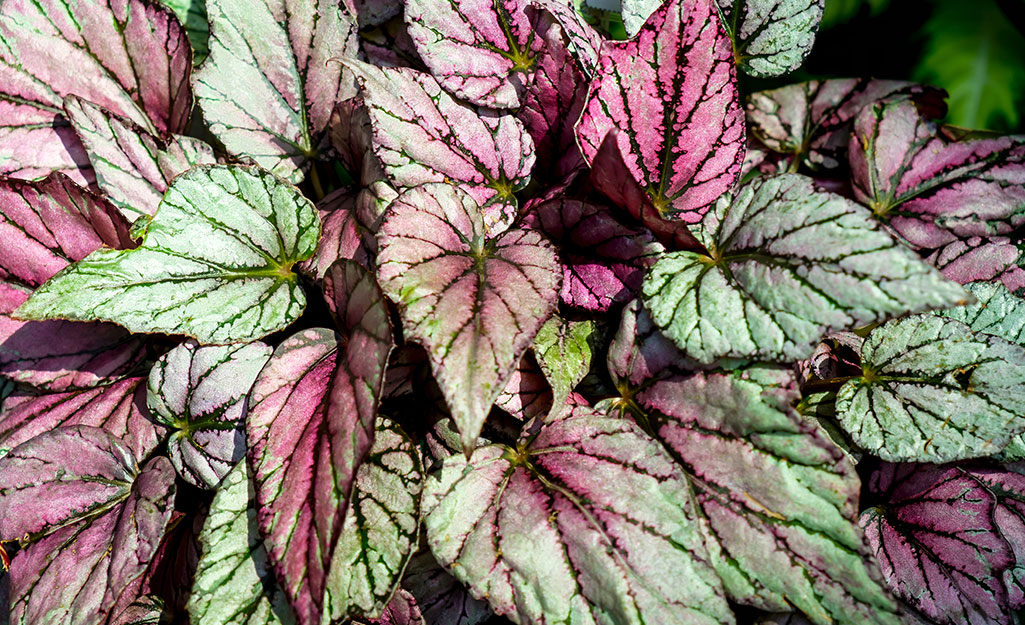
Perhaps it’s the need to share a unique sense of style, or just hybrid plants' quirky appeal, but look for unique plants, especially those with interesting or variegated foliage, to gain attention this year.
Boldly foliated plants make for instantly Instagram-worthy gardening, and the trend can even be seen as an extension of wabi-sabi, the perfectly imperfect garden. (Read more about wabi-sabi below.)
Indoor plant fans seek out bold foliage favorites like monstera and aglaonema. Come spring, fill out your collection of outdoor annuals with eye-catching coleus, geraniums and begonias.
Back to Basics
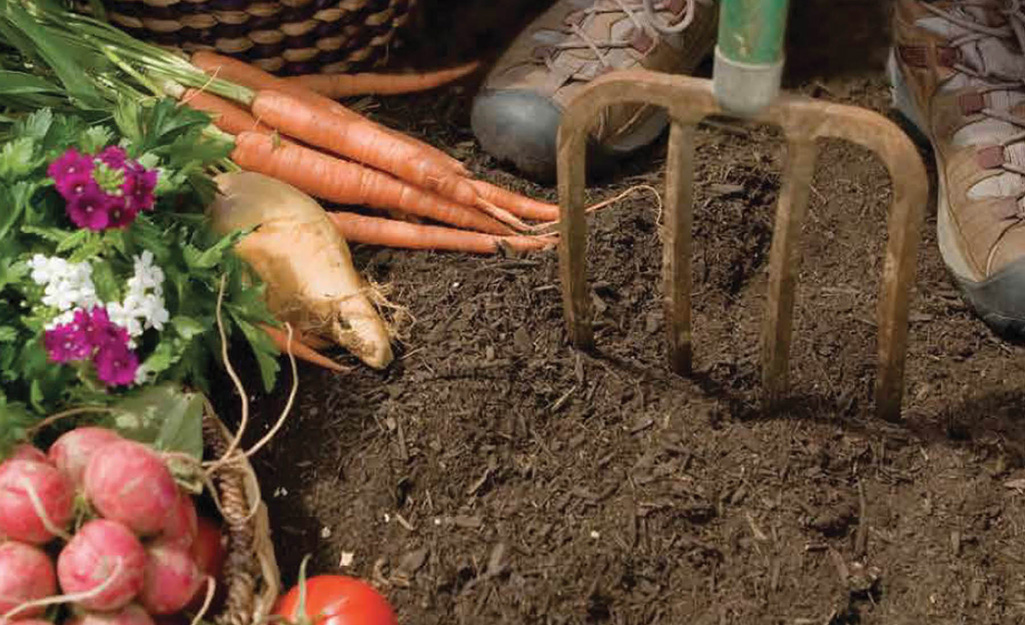
For all of our interest in screens, we’re rediscovering that it’s cool to get our hands dirty. Organic gardening doesn't live on the fringes anymore. It’s the preferred way to grow fruits, vegetables, herbs and flowers.
The heart of organic gardening is in the soil and amendments. Good, clean, organic garden soil takes time to create, but offers organic matter to nourish roots and structure, so that oxygen and water can get to those roots.
Garden soils benefit from amendments like organic compost, too. You can make your own in a composter. It’s very easy and has the benefit of diverting vegetable scraps from the waste stream and into your garden.
We need clean water for our gardens, too. More often, we’re aware of how limited clean water availability can be. All it takes is a summer of drought and municipal watering restrictions and you'll start looking for watering solutions. Look for water-savers like drip irrigation, self-watering planters and terra cotta vessels that slowly release water into the garden.
Victory Gardens
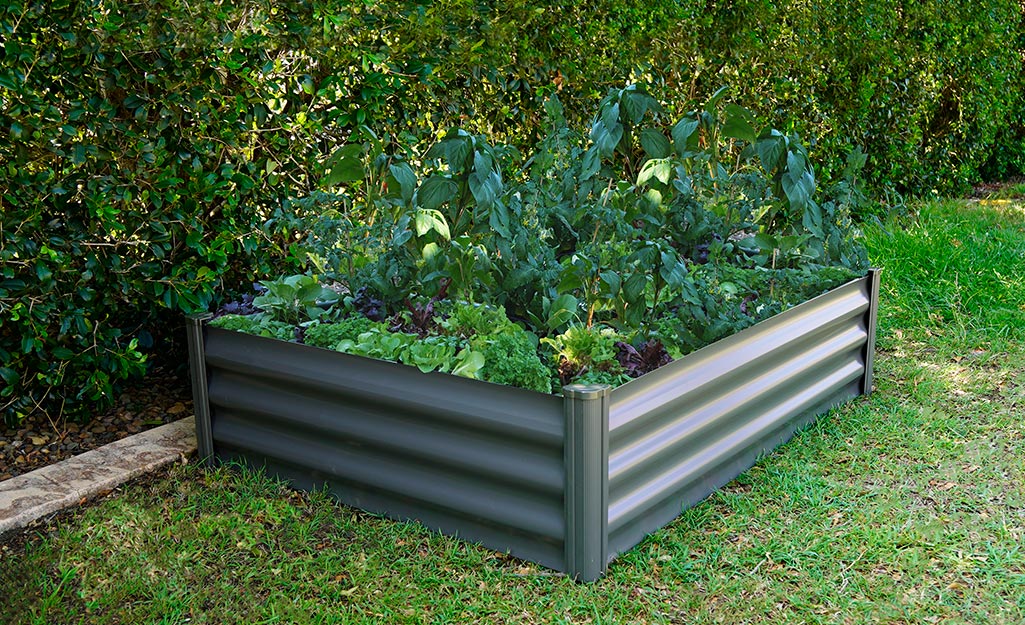
Because soil and sustainability matter, in 2019, you'll see more about planting victory gardens in an effort to know where our food comes from, reducing food miles all the while preserving our climate. It's about self-reliance.
Victory gardens were made popular during World War I and II when people faced food shortages and the government rationed food. Families at the time were encouraged to grow gardens for food so that the troops could eat canned goods.
Get your own victory garden going in a sunny section or raised garden bed in your outdoor space.
Grown Organically by You
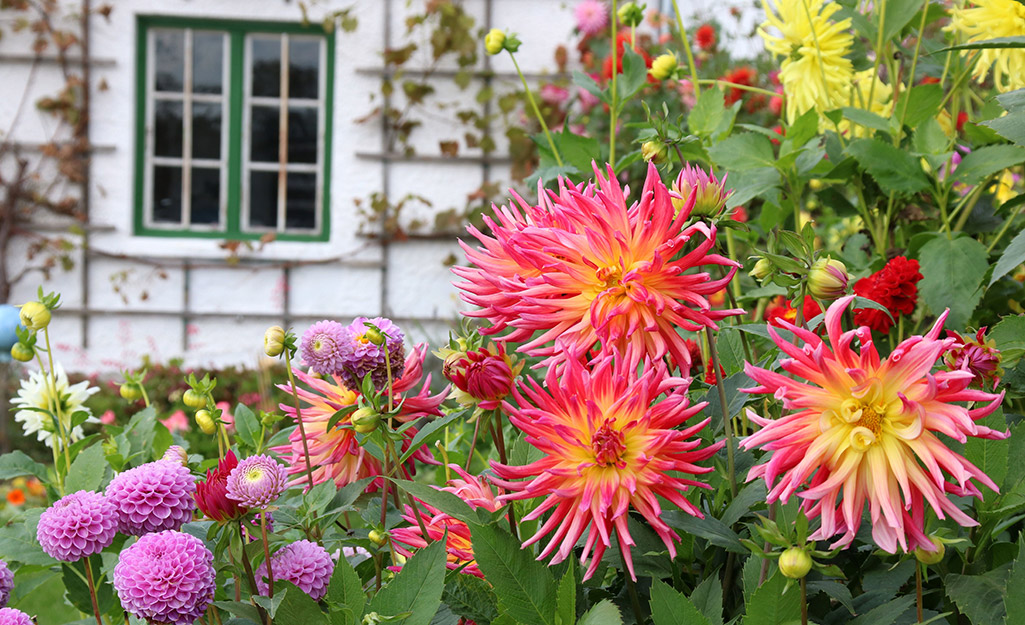
The interest in growing and consuming organic produce for our families now carries over to the blooms displayed in the vase on the dinner table. There’s more interest than ever in purchasing locally grown flowers with a small carbon footprint, unlike the standard blooms sourced from below the equator and shipped in.
At home, gardeners will grow organic, Instagram-worthy peonies and dahlias, and even more breathtaking blooms. Plant a wildflower mix and watch the pollinators like butterflies and hummingbirds visit.
Perennial Power
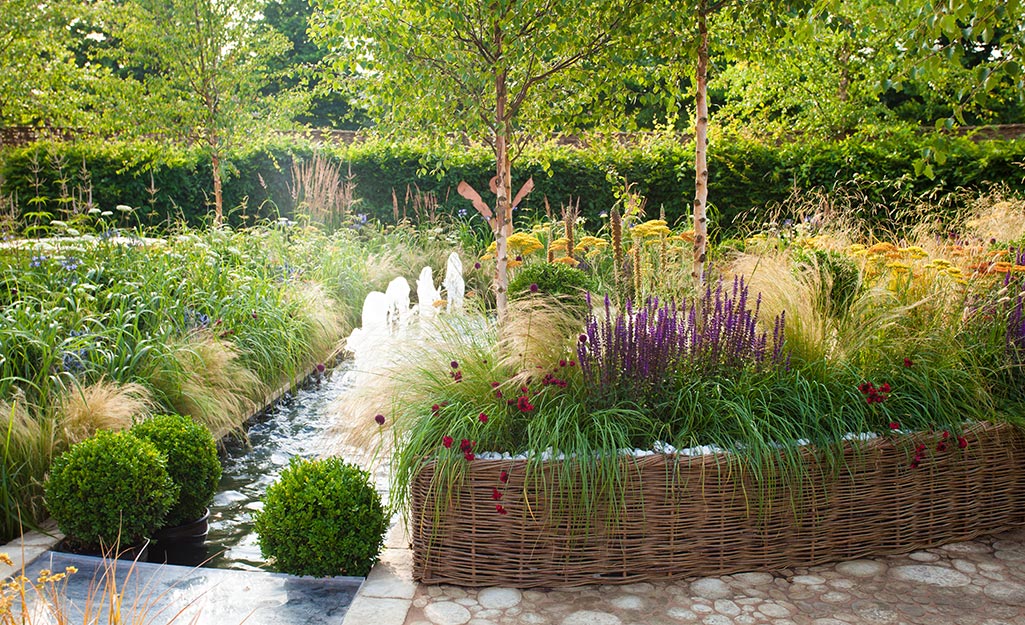
The focus on gardens, produce and flowers has also given rise to a naturalistic garden movement making its way to U.S. public gardens from European destinations. It's called the Dutch movement, or the New Perennial movement. Its primary characteristic is layers of perennials that evolve through the seasons in an undulating meadow of color and texture.
This style "is about creating a multi-purpose garden with the amplitude to feed the soul and nurture local biodiversity," according to Tony Spencer, the gardening expert behind the blog, The New Perennialist. A naturalistic garden is sustainable, supports wildlife and changes with the seasons. To get the look in your home garden, layer structural elements, ground covers and seasonal blooms. Look for more stories about naturalistic and sustainable gardening.
Anywhere Garden
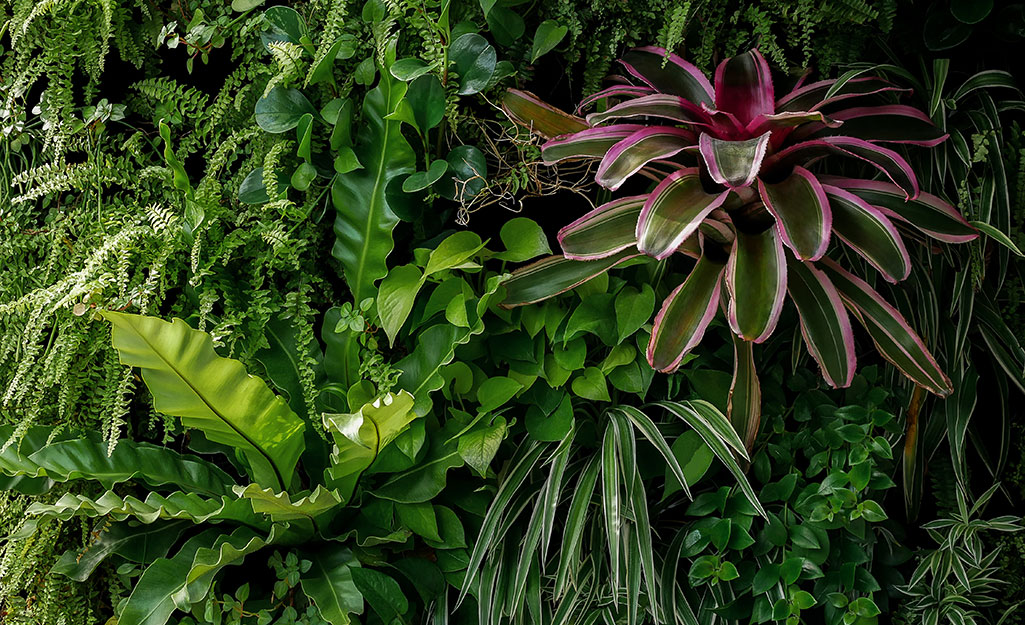
While the desire to garden knows no bounds, the conditions in which we garden are almost always restricted. If you have a landscape the size of your lot or plot, and considerations like inadequate light, poor soil or too much or too little rain, all these factors affect how you garden. And if you have an apartment, your options are even more limited.
Here’s news: new gardeners and others are not waiting until they have land to grow plants. They want to garden in small nooks and tiny spaces in and around their homes, apartments, condos and townhomes. As evidence of this trend, look to adaptive solutions for small spaces like vertical gardens and elevated garden beds.
Plant growers are now meeting the demand by breeding berry bushes and other small-space fruits, vegetables and shrubs that thrive in containers. This spring, look for the words "patio" and "miniature" for varieties perfect for your anywhere garden.
Interior Plantscapes

More and more, people wish to create relaxing spaces with oxygen-rich houseplants inside their homes. Besides adding warmth and texture, houseplants improve air quality by scrubbing it clean. Houseplants have been scientifically proven to reduce stress and increase productivity. Inside our offices, this trend is also taking hold.
To get the look, start with tough houseplants such as ZZ, pothos, aglaonema, dracaena, rubber tree and snake plants. Even if you're a brown thumb or you travel regularly, you can't go wrong with these. Becoming a plant parent will lift your mood and brighten your home.
Simple Takes
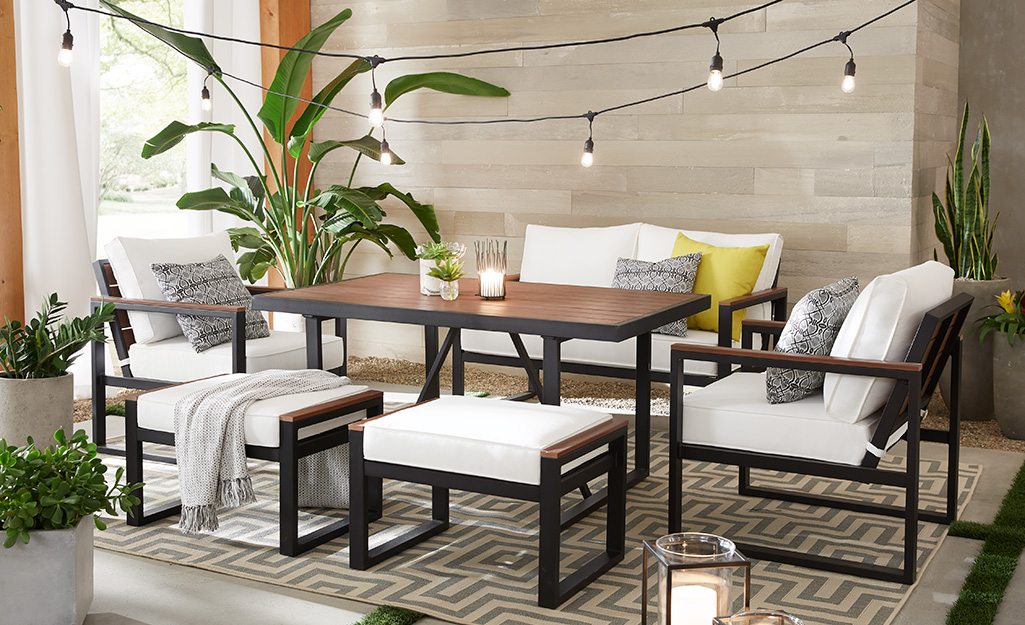
With so many forces crowding our minds for attention, people have begun seeking clutter-free gardens and outdoor rooms. They're taking a minimalist approach since it brings calm to the home, both inside and out. It’s all about keeping things simple and to a minimum. A garden or outdoor space around these principles uses a limited number of design elements. It presents a simple, elegant and relaxing appearance.
It is an excellent gardening style that appeals to first home buyers and people with very busy lifestyles. To get the look, consider container gardening with easy and low-maintenance shrubs or flowers. Or choose houseplants you can move inside and out depending on season. Cacti and other succulents work well, too. Try patio furniture sets with clean lines. Water features and fountains help to create the look.
A.I. in the Garden
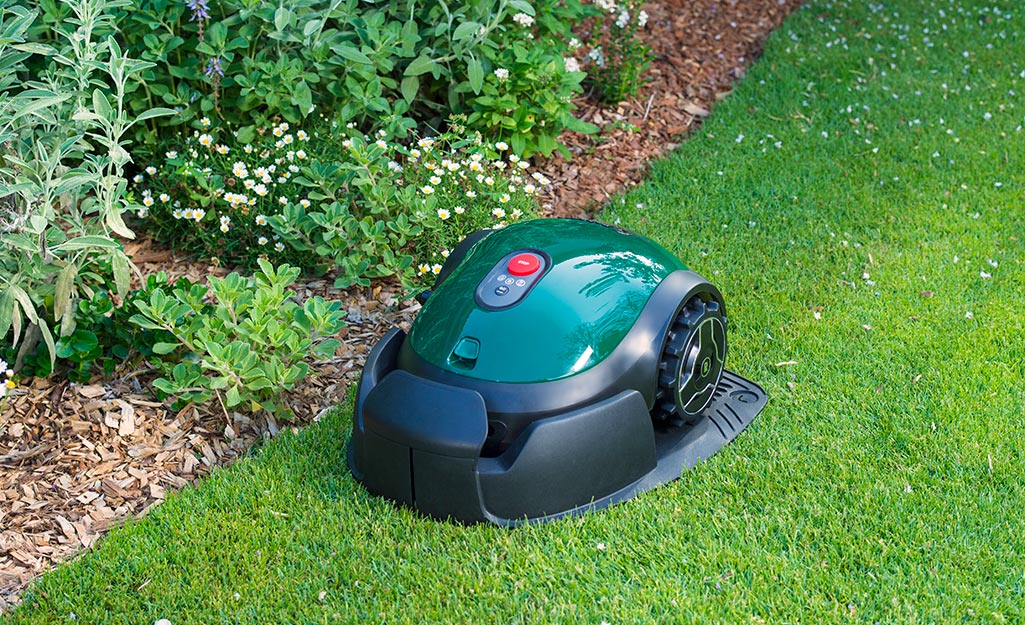
As people shift to simplify their lives and look for ways to be one with nature, they're also hooking up their gardens and landscapes with artificial intelligence, or AI. The idea is that by hooking up our gardens electronically, it'll help bring some calm to our lives and help us decompress.
You'll see more AI choices throughout the years such as robotic lawn mowers. Use an app on your smart device and activate your robotic mower. You'll get your lawn trimmed while you relax and entertain.
Another great idea: Irrigation controllers, sprinkler and hose timers that allow you to water your garden and still travel, or just to forget about watering altogether. All this so you can relax more with peace of mind that your lawn and garden will get the precise amount of water at the exact time needed, depending on the weather report. You'll use less energy, and water as well.
Gardening Trends for 2018
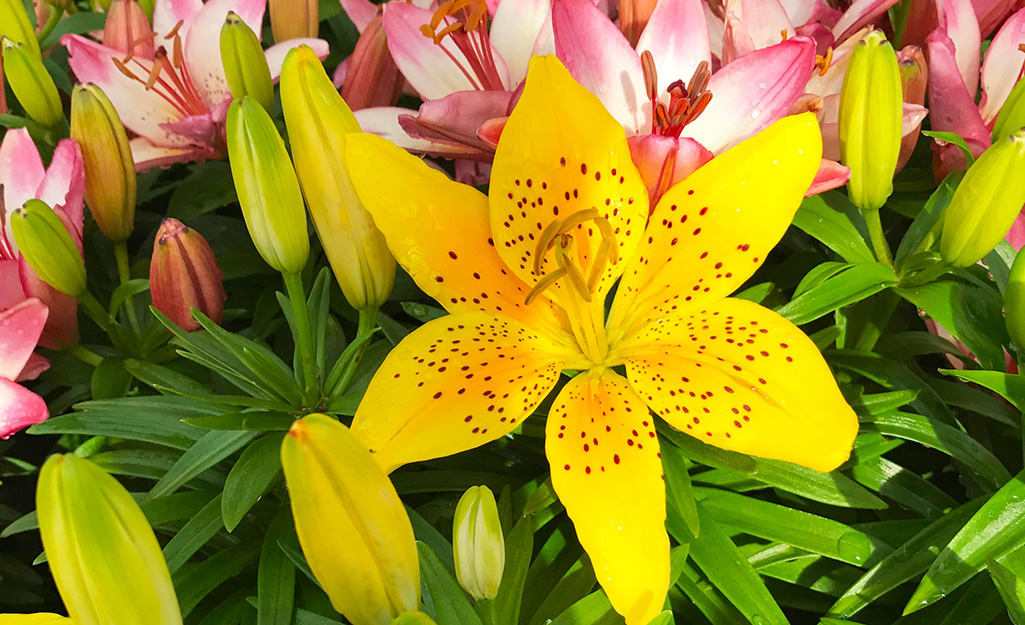
With each new year, we like to take a fresh look at what's new in gardening trends and fill our editorial calendar with content that we hope will inform and inspire our readers.
If there's an overarching theme to the trends, it's that you can always count on gardens and gardening for respite and relaxation. Our gardens provide a necessary break from the chaos of life. Following are trends to spot for the year ahead.
Gardening for Wellness
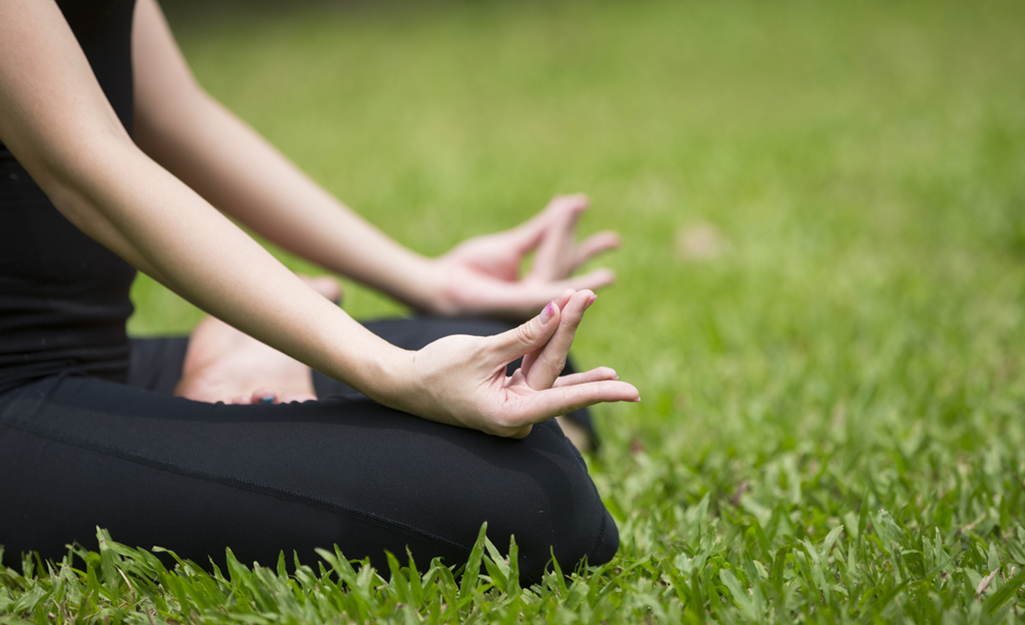
Amid the mayhem, we’re all looking for a little breathing room. Gardens can provide oxygen-rich spaces for unwinding or focused activities like meditation and yoga. Like spaces filled with indoor vines, these “green rooms" fill your home with fresh air and a sense of calmness.
Look for air-purifying houseplants like pothos, dracaena, dieffenbachia and Boston fern. Learn ways to decorate your space with houseplants in mind.
Related, vertical gardens are becoming more integrated in public parks and common areas of urban spaces. As growing technology improves, look for more walls of green that serve as visual relief from concrete and metal structures. Bring the green to your own garden space with a vertical garden.
Gardening with Purpose
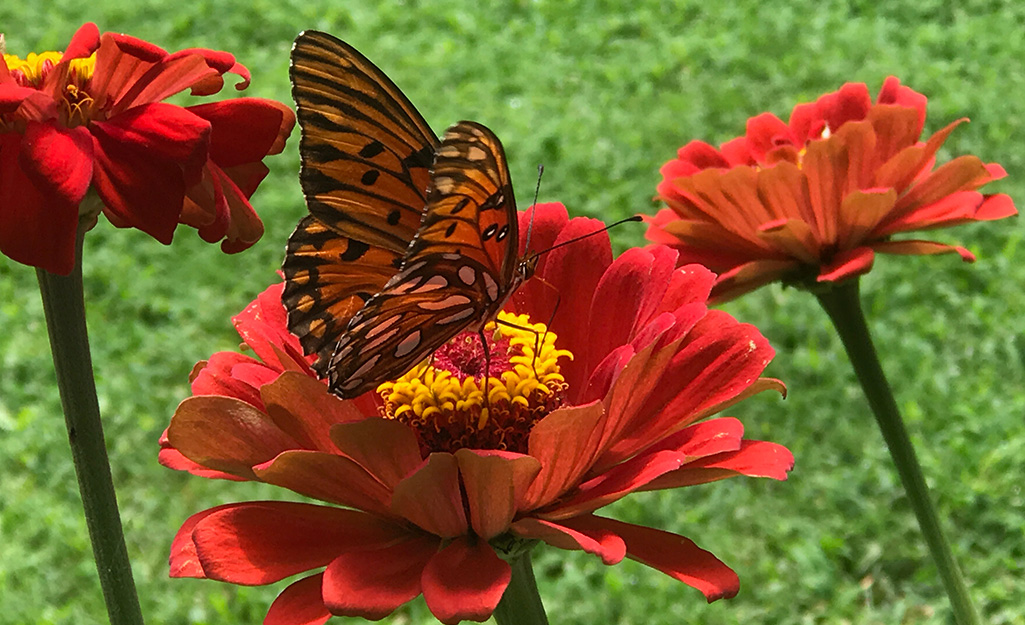
Gardeners today seek to dig in the garden with a specific purpose in mind. You'll see a greater number of gardeners planting to attract pollinators or cut flowers for endless bouquets. You'll also see planting for other purposes, too, such as eating homegrown organic food. You can design and plant your garden with a single purpose, or several, in mind.
Look for products that cater to these goals. These range from bee houses, pollinator flower seed mix, a rising number of organic edible plant offerings, plus more focus on pet-friendly ways to garden.
Root to Stem
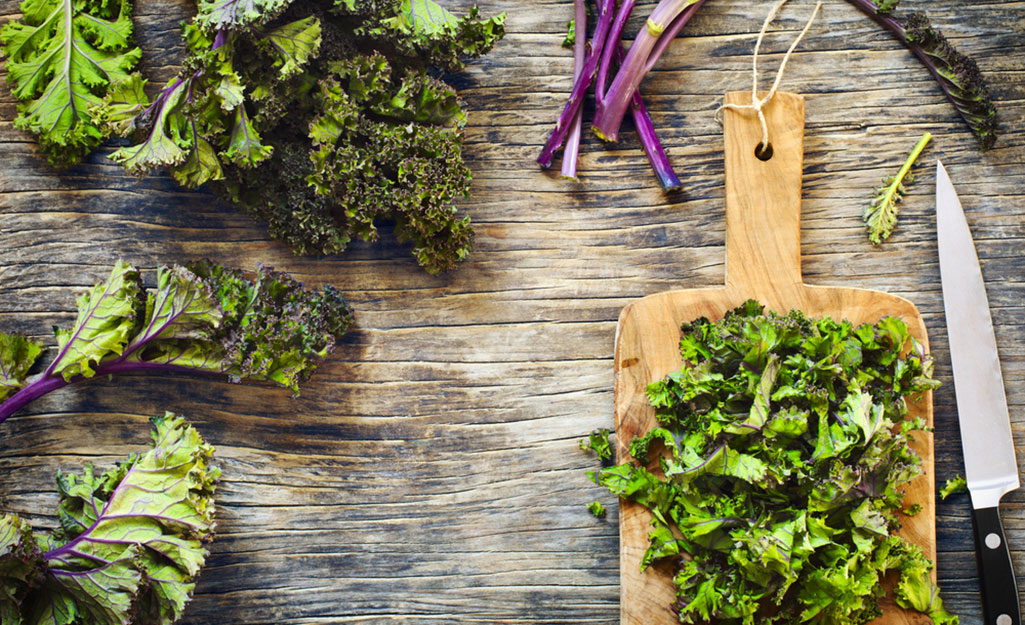
Food waste in our country is a problem. Gardeners looking for ways to reduce food waste use all parts of plants they grow, from the roots to the seeds. Root to stem is the "nose to tail" food trend applied to vegetables.
Because eating root to stem means using all edible parts, you can jump on the trend by eating carrots and their green tops, broccoli florets and their crunchy stems and watermelons and their rinds, which can be pickled.
Root to stem can also mean composting, saving seeds or perhaps finding or creating other household uses. Creating a composting process in your household will make you a better gardener. Dye gardens are increasing in popularity, offering another use for edibles and ornamentals.
Wabi-Sabi
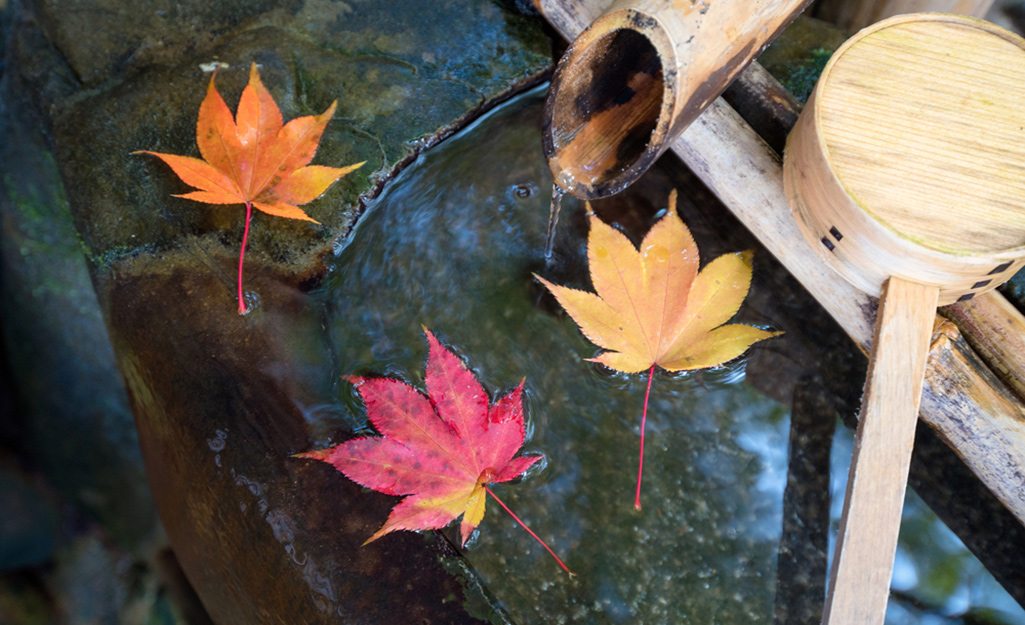
The Japanese principle of wabi-sabi is usually described as imperfection or acceptance of transience. In other words, perfectly imperfect. You’ve seen it in pictures of Japanese gardens, everything raked, pruned and tidied, with the singular Japanese maple dropping its flaming red leaves.
Wabi-sabi gardens embrace the rustic, the naturally aged, the chipped and the frayed. Just present it with style.
Spot wabi-sabi in lawns that feature expanses of prairie grasses instead of manicured swaths of fescue. In spring, plant a trap crop for insects, leaving your prized plants pest-free. And in fall, embrace the imperfection of naked perennial stalks that provide homes for insects and wildlife during winter.
The Color Purple
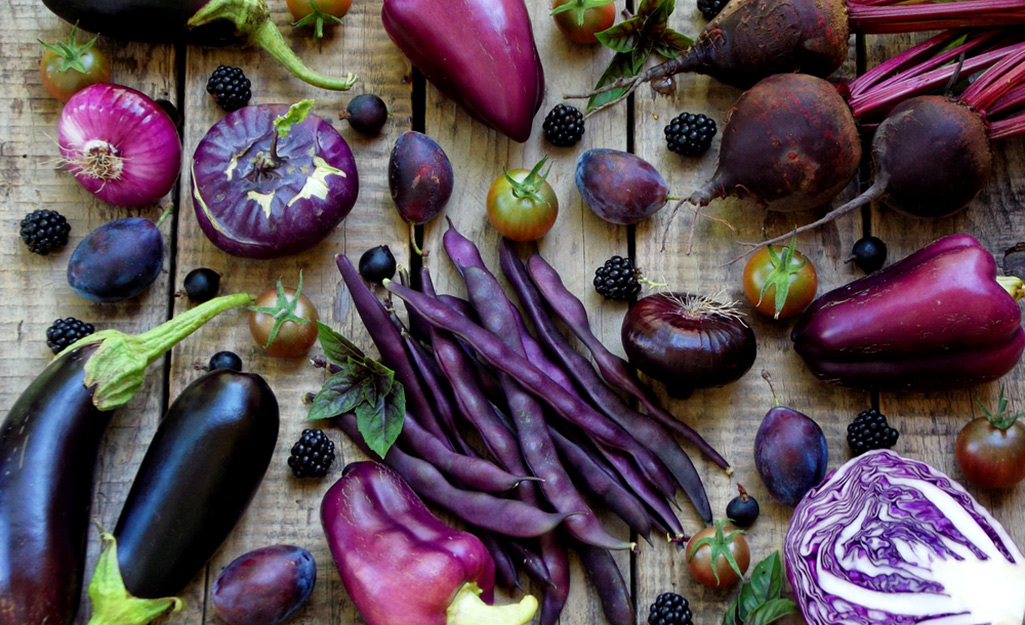
As people seek tranquility and serenity, yet crave the boldness of color, it should be no surprise that the color purple will continue making its way into our gardens this year. Purple signifies peace, mystery, magic and ambition.
Garden offerings in purple will include everything from blackberries to cabbages and beans to basil.
In flowers, look for Proven Winners' Supertunia Bordeaux, a drought-tolerant purple petunia requiring little care from spring to fall.
Grower to Garden

Being a locavore is nothing new. The term has been around for more than a decade and initially referred to the carbon footprint of your diet. What's new is that gardeners are looking for more native and locally sourced ornamental and edible plants.
The Home Depot works with local growers, more than 150 of them – including Sam Rambo of Rambo Nursery in Dallas, Ga., pictured above – who source and supply plants throughout the country.
Whether choosing shade perennials like hostas, annuals like pansies, the freshest poinsettias at Christmas or the healthiest tomatoes in spring, chances are, the plants were grown nearby.
Extreme Weather Gardening
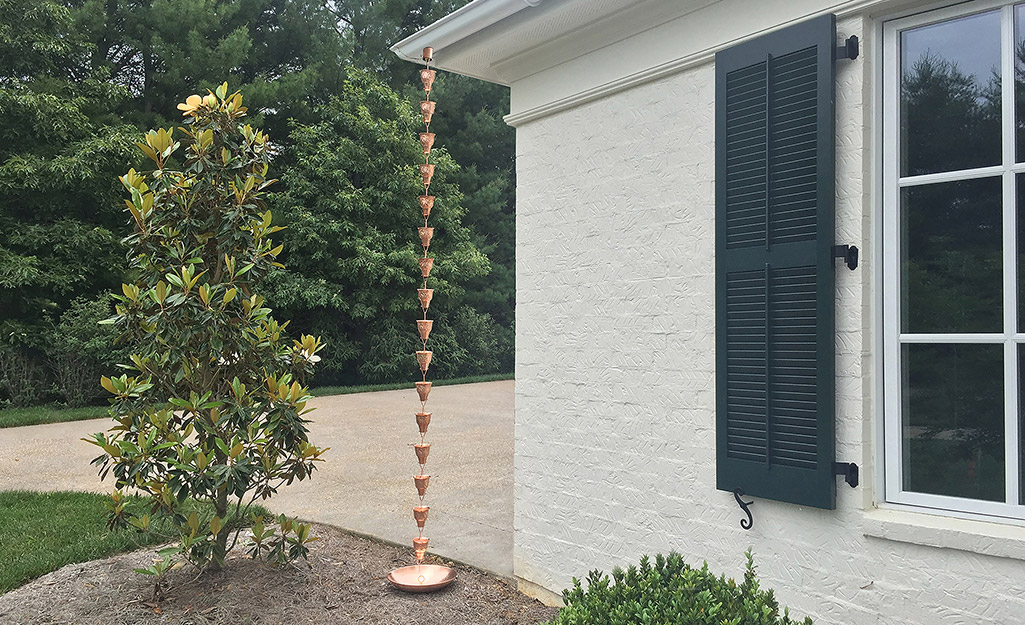
From mild winters to extreme heat in summer, and wildfires to excessive rain, our weather is reaching extremes. In turn, extreme weather stresses plants, including trees.
Gardeners will continue to seek ways to plant gardens that can fight back Mother Nature's stresses. They're turning to climate-controlled gardening, such as wind-worthy ornamental grasses and other weather-resilient plants.
They're also planting rain gardens, rock gardens and looking at ways to add plants and trees that help resist wildfires.
One Pot Wonders

Due to time constraints, gardeners of all levels desire easy and instant gardens. They're turning to gardening in large containers as statement pieces.
To be part of the trend, think containers filled with boxwood, compact hydrangeas, lavender, roses, berry plants or a combination of edibles, annuals and perennials that are easygoing, low maintenance and provide fragrance and beauty.
Read about popular container garden ideas.
2017 Gardening Trends
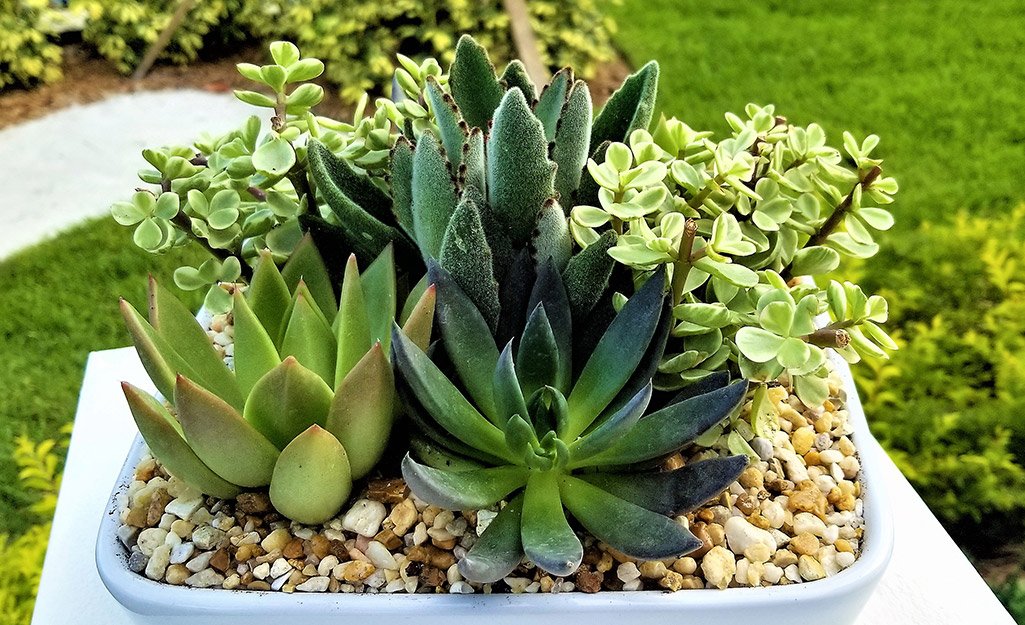
From mosquitoes to weeds and tomatoes to kale, top Garden Club stories covered topics geared towards the way you want to garden today. For the first time ever, we asked readers what they wanted to see in their weekly Garden Club emails and created stories around these subjects. We found that you wanted more organic solutions and low-maintenance gardening ideas.
As we reflect on the stories with the most impact, we take notes and plan for another year of garden inspiration.
Gardener's Year

Our stories walked gardeners through the tomato growing process, from seed to harvest. Boosted by exposure on Pinterest, “Top Tips for the Growing the Best Tomatoes Ever” was the third most-popular story for the year.
Emphasizing organic methods to control weeds, our article “5 Ways to Whack Your Weeds” came in second.
The number one most-liked Garden Club story this year combined a hot topic and a tried-and-true gardening technique. "Get Natural Mosquito Control in a Colorful Container" showed readers how to keep mosquitoes away from their outdoor spaces by growing annuals and herbs with pest-repelling qualities. As headlines about mosquito borne viruses like Zika filled up our inboxes and social media feeds, readers sought to take control where they could with natural methods.
Garden Club readers are a hands-on community and we follow through with projects to fuel their creative output. Our most-viewed projects were the green roof birdhouse and DIY copper hose guides. On a more ambitious scale, step-by-step instructions for the Christmas tree dress and the ultimate potting bench inspired do-it-yourselfers to haul out the tools and start building.
Trends in the Garden
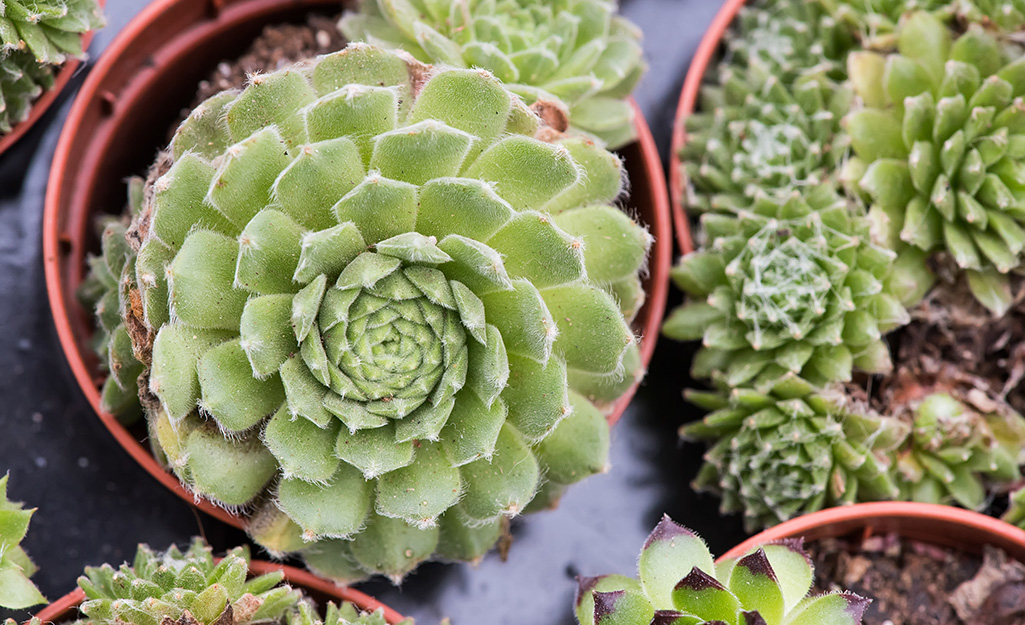
What’s ahead this year for gardeners? Look for more stories based on the organic and low-maintenance trends, and more information on natural mosquito control like bat houses. Additionally, expect the succulent trend to keep growing and growing. Perhaps their popularity can be attributed to their resiliency or their beautiful colors – soft greens, blues and lavenders that inspired this trendy pastel color palette. No matter the reason, succulents can be enjoyed as indoor decor as well as outdoors.
Foodscaping and Organics Trends
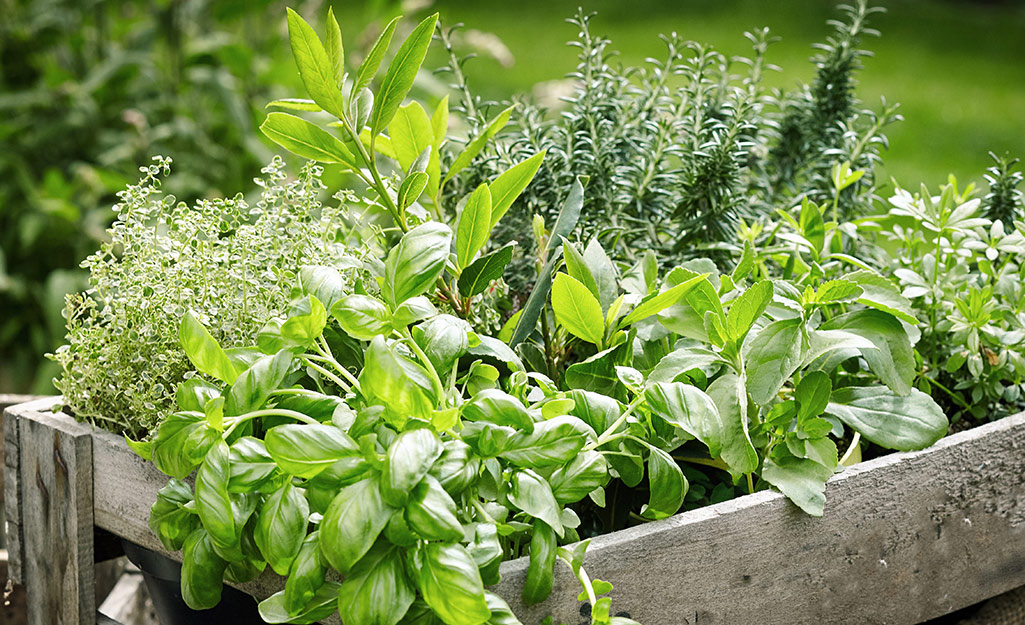
We're also putting a name on a trend that's been on our radar for awhile, foodscaping. Simply put, it means using edibles as ornamentals, but it's becoming so much more. Foodscaping can be, for example, growing a blackberry thicket to keep pesky deer out of your vegetable garden, or planting kale or even grains, as part of the foundation plantings by a suburban front door.
Other ways you will start to see foodscaping at work: containers with petunias, basil and eggplant, or similar combinations of flowers, herbs and vegetables. These three have similar soil and light requirements, why not grow them together?
Millennials want to live and eat organic and local, and are learning and turning to growing their own veggies and herbs. Look for more organic options this year for soil, seeds and seedlings, along with information about soil testing and adding organic amendments like compost made from vegetable scraps.
Technology will make you a better gardener. From smartphone apps that expand your gardening knowledge and manage lawn irrigation systems, to grow lights and hydroponics, gadgets will continue to make gardening tasks easier and information more accessible.
Natural Pest Solutions

Concerns about mosquito-borne illnesses like Zika have only accelerated interested in mosquito prevention, including creatures that dine on the insects, like bats. A typical brown bat can eat up to 1,200 mosquito-sized insects in an hour. Other natural mosquito repellents include herbs like basil, chives, lavender, lemon balm, rosemary and thyme. Plant them in a sunny location with well-draining soil close to your home. Look for more stories in 2017 about natural methods to keep mosquitoes and other garden pests away from your living space.
Whether you need the right planters, plants or potting soil, The Home Depot delivers
online orders
when and where you need them.




